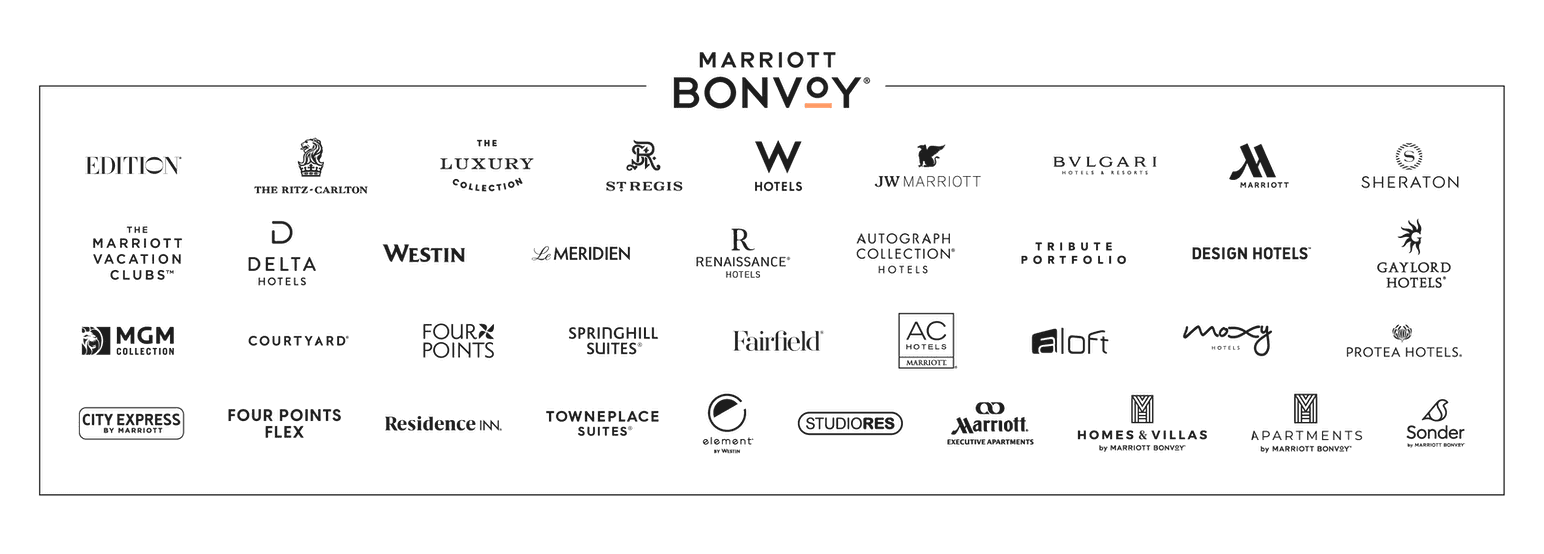Is Your Meeting Truly Accessible? Ask the Experts.
“Nothing about us without us” has long been a rallying cry for the disability rights movement. But while meeting planners do their best to follow accessibility guidelines and create accessible programming, they might not be following that tenet.
Including people with a range of abilities in the planning process helps ensure that the event goes beyond checking boxes about wheelchair accessibility. The broader the scope of voices involved, the more an event can be truly welcoming.
Below are some steps toward deepening your relationship with the disability community. But take note: Your newly found partners in accessibility aren’t doing the work for you. It’s still up to planners to know and address the principal concerns of the community, understand venue and programming guidelines, and uncover ways to make events more inclusive.
Find the Right Voices to Invite In
Start by asking within your organization or your client contacts. Is there someone in your organization who has an existing relationship with a local activist community? Who has brought up concerns about accessibility within the organization before?
You can also turn to the experts. The ADA National Network has regional ADA centers that provide local assistance, as well as a hospitality portal with a handful of resources, including an accessible meetings guide.
The convention and visitors bureau or destination marketing organization of your host destination may also be able to point you in the right direction. Visit Tampa Bay, for example, works with disability influencers to inform its own policies around accessibility and authentically promote the Tampa Bay area as an accessible destination.

Cultivate Your Relationships
You’re a master networker, so you’re probably already intuitively applying those skills to these new connections—reaching out for regular check-ins, taking time to note their achievements in professional settings, and so on. But this isn’t just about maintaining contact; it’s about making sure that you’ve developed enough trust that your partners will be able to help you think differently. When inclusion is part of your organizing principles, your events can’t help but be more inclusive and accessible.
Also, think about how you can compensate your partners for their time and expertise. They’re not doing you a favor; they’re leveraging their personal experience to make your events better for everyone. For ongoing relationships, a stipend may be appropriate. Some partners may benefit from free access to your organization’s programming and events as a form of payment. Whatever you do, compensating them for their time in a meaningful way is another way of demonstrating your commitment to inclusivity.

Implement Their Findings
This doesn’t mean responding in a knee-jerk fashion and then scrambling to, say, find a sign language interpreter at the last minute. It’s more about listening to all your partners and collaborating to find ways to make sure their findings see the light of day in a thoughtful manner.
As an example, when Marriott International worked with The Neu Project, an initiative geared toward inclusive events that welcome neurodiverse attendees, it led to ongoing, sustainable practices that changed how Marriott-hosted events operate. Live captioning is now available at any Marriott-hosted customer event of 250 people or more, for example; it’s not an afterthought.
Regardless of how you work with your inclusivity partners, remember that this is only part of the work. Following accessibility guidelines is the bare minimum. Being proactive about anticipating and accommodating needs—discovered through working with your partners, asking attendees and clients directly, and your own ongoing research—will help ensure that people with a range of abilities will get all they can from your events.


The following brands do not participate in Marriott Bonvoy™ Events: Design Hotels, Marriott Executive Apartments, Residence Inn, TownePlace Suites, StudioRes, Bulgari Hotels & Resorts, The St. Regis Residence Club, The Phoenician Residences, a Luxury Collection Residence Club, Scottsdale, The Ritz-Carlton Club, The Ritz-Carlton Yacht Collection, and Homes & Villas by Marriott Bonvoy. For a full list of participating and non-participating brands, please click here.